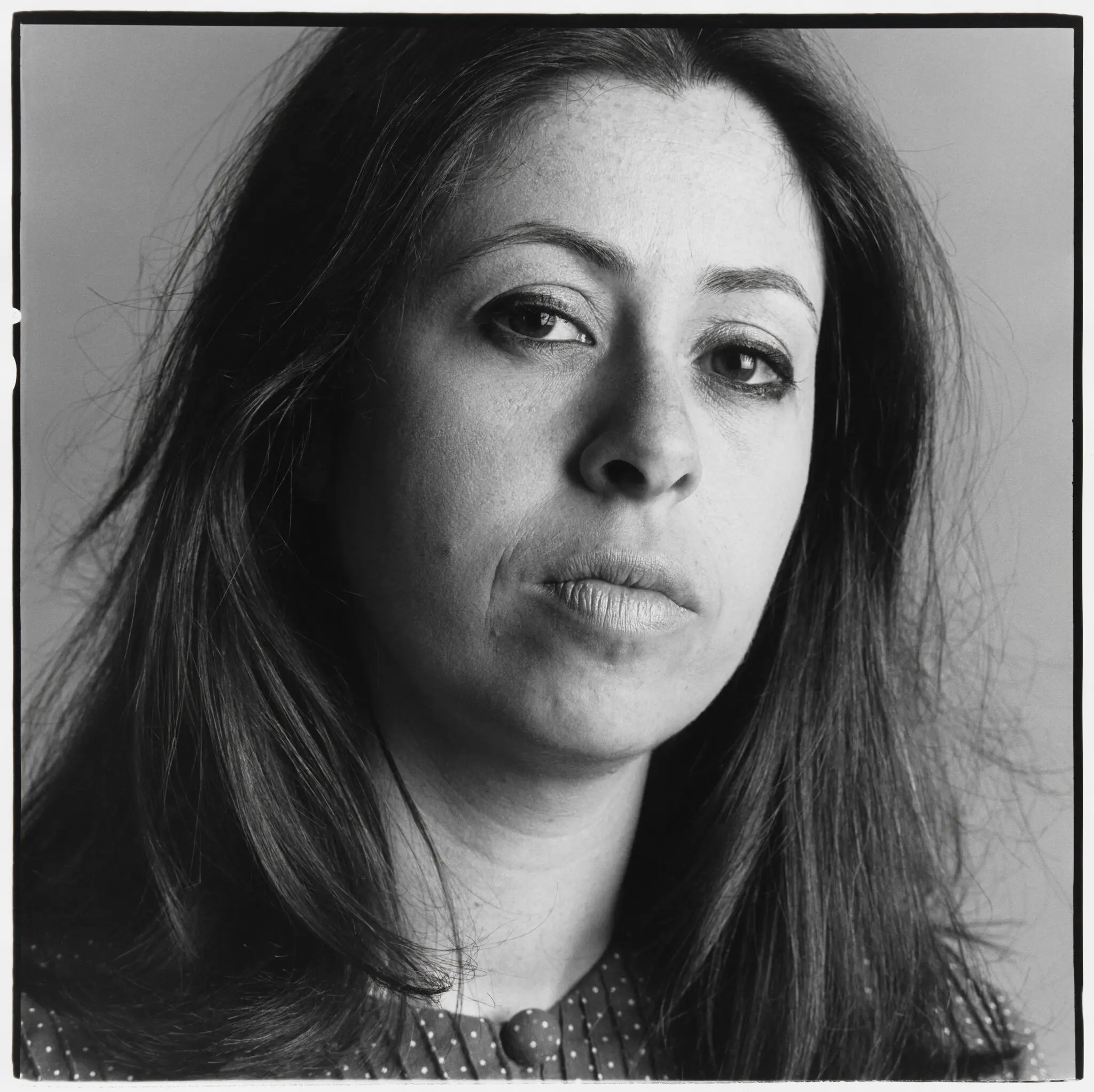
Peter Hujar’s “Linda Rosenkrantz” (1966), one of more than a thousand photos the photographer took of his friend before his death in 1987.
2025-10-13 4163词 晦涩
This is the city Hujar evokes as he describes a day spent hustling to make a living as a freelance photographer. A mesmerizing raconteur, he tells Rosenkrantz — whose East 94th Street apartment is the site of the monologue’s unspooling — how he wakes up late, meets with an Elle editor who has come to retrieve pictures from his studio-loft on Second Avenue and East 12th Street, then sets out for the Lower East Side to photograph Allen Ginsberg. “He sat down in the lotus position, looking very Buddha, right in the doorway, and started to chant,” Hujar says of the Beat poet, with whom he does not connect. “And I really thought, ‘Well, I can’t interrupt God.’” Back in his studio, Hujar develops the photos (“He gave out nothing,” he tells Rosenkrantz), then works on some other jobs. He also naps, runs out for groceries and Chinese food and gets interrupted by frequent phone calls from friends (among them the writers Susan Sontag, Fran Lebowitz and Vince Aletti, who asks to come over and shower) whose iconic portraits he would shoot the following year for his 1976 monograph, “Portraits in Life and Death” — the only book he published in his lifetime.
免责声明:本文来自网络公开资料,仅供学习交流,其观点和倾向不代表本站立场。